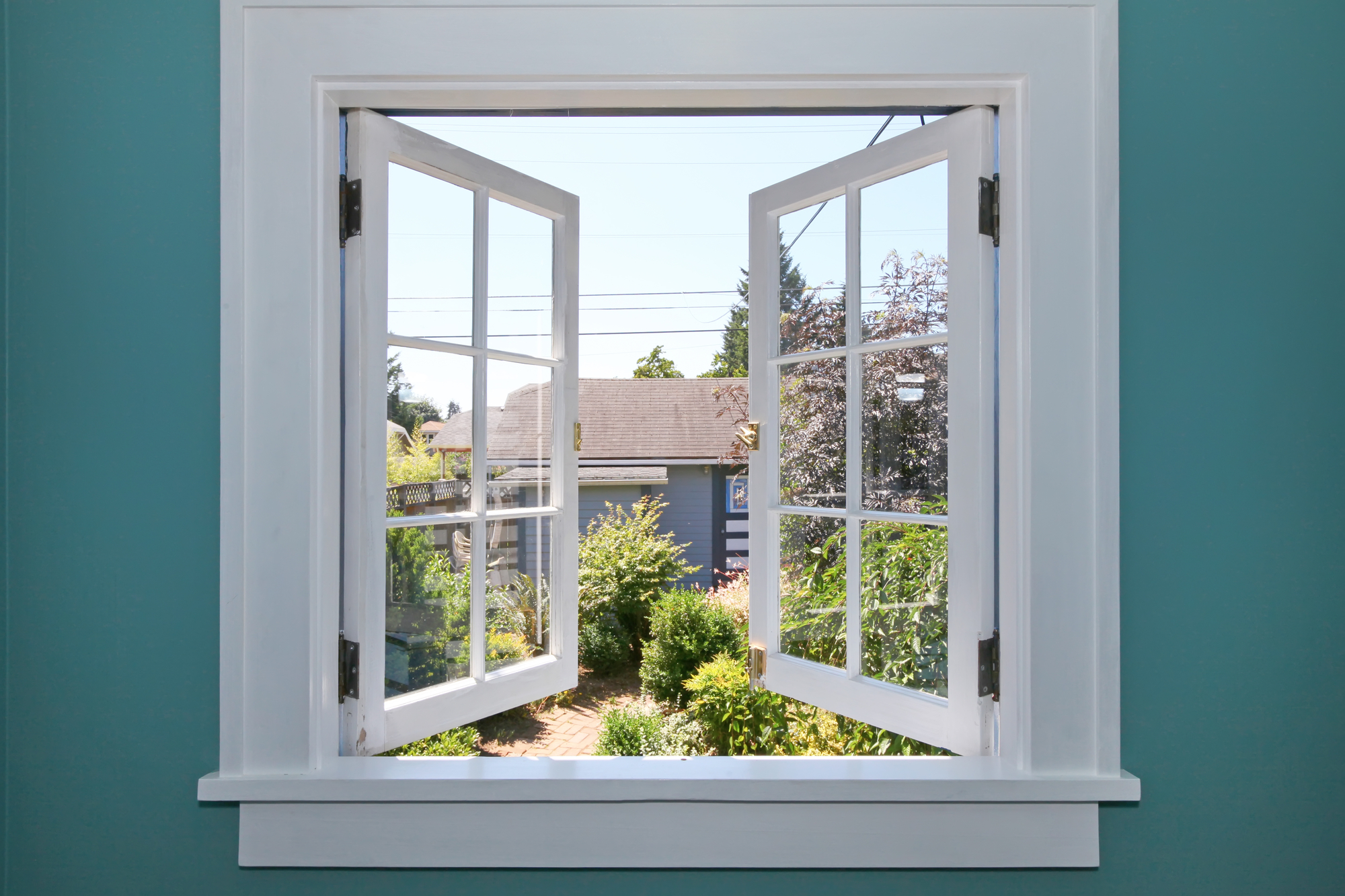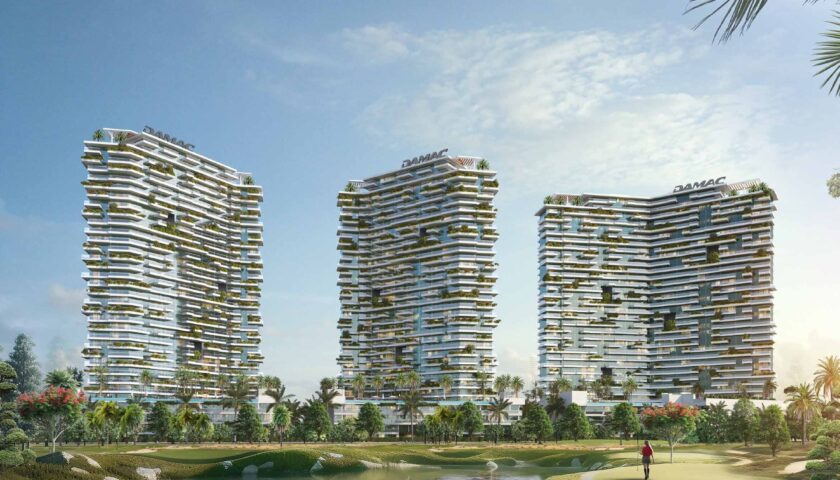Modern architecture and design rely heavily on materials, and extruded aluminum panels have quickly become one of the go-to choices for architects, designers, and builders alike in shaping both aesthetics and functionality of buildings. Offering durability, flexibility, and sustainability they have become an excellent option in construction applications across industries.
Extruded aluminium panels are manufactured through an extrusion process. Here, aluminum is heated until malleable before being forced through a die to create complex profiles suitable for a range of applications. Here are some key points about extruded aluminum panels:
- Diverse Shapes and Sizes: Aluminum extrusion allows for the creation of panels of various shapes, sizes and thicknesses – making them highly adaptable to specific design requirements. Architects and designers can choose from an extensive catalog of profiles or even customize them in order to achieve unique aesthetic and functional goals.
- Surface Finishes: Aluminum panels can be finished in various ways to meet specific design goals, including anodizing, powder coating and natural mill finishes. These options provide aesthetic versatility while simultaneously increasing durability and protecting against corrosion.
- Aluminum Panels Are Lightweight Yet Durable: The extruded aluminum window frame may be lightweight, yet are surprisingly strong and resilient despite being made out of lightweight material. They can withstand various environmental factors including extreme temperatures, moisture content, and UV radiation making them suitable for both interior and exterior applications.
- Ease of Fabrication: Aluminum’s malleability and extrusion process make it a versatile material, easy to cut, drill, weld and join, providing efficient yet cost-effective fabrication of projects requiring precision and customization. Aluminum fabrication makes an excellent option when precision and customization are key factors in success.
Application of Extruded Aluminum Panels
Due to their durability and adaptability, extruded aluminum panels are well suited for applications across industries.
- Architectural Facades: Aluminum panels have long been utilized by architects as an indispensable design element, offering lightweight yet flexible facade solutions. Their lightweight nature and adaptability enable architects to craft striking building exteriors using aluminum panels with endless design potential thanks to customizable shapes and patterns available to them.
- Interior Design: Aluminum panels have become an increasingly popular element in interior design, offering versatile decorative elements like wall coverings, ceiling panels and room dividers made out of them. Their variety of finishes enable designers to achieve aesthetics from modern minimalism through industrial to rustic styles.
- Automotive Industry: Extruded aluminum panels have applications across various automotive components, from body panels and bumpers to structural reinforcements and fuel efficiency measures. Their lightweight yet sturdy properties contribute significantly to improved vehicle performance while contributing to fuel economy savings and enhanced vehicle efficiency.
- Industrial Applications: Aluminum panels have many industrial uses, from equipment enclosures and machinery housings to safety barriers and corrosion-resistant housings for machinery. Their resistance against wear makes them suitable for harsh environments.
- Furniture and Product Design: Furniture designers and manufacturers value aluminum panels’ versatility as a material for furniture pieces, cabinets, consumer electronics devices or consumer accessories – adding both style and longevity.
Sustainability Considerations
Extruded aluminum panels have become an attractive solution for environmental projects due to their green credentials.
- Recycling Potential: Aluminum is one of the most recyclable materials on Earth, easily recycled without losing its inherent properties and therefore decreasing demand for primary aluminum production, an energy-intensive process.
- Energy Efficiency: Producing aluminum from recycled material requires only a fraction of the energy necessary for primary aluminum production, significantly lowering greenhouse gas emissions and overall carbon footprints.
- Longevity: Aluminum panels’ durability guarantees they have an extended service life, cutting down on replacement costs and construction waste.
- Reflective Properties: As mentioned previously, aluminum panels can help increase energy efficiency in buildings by reflecting sunlight away from them and decreasing air conditioning usage during hotter weather. This helps lower both energy consumption and greenhouse gas emissions.
Energy Efficiency and Thermal Insulation
Extruded aluminum panels can be designed with built-in thermal insulation, making them an excellent choice for energy-efficient building envelopes. When installed as facade panels, these panels help regulate indoor temperatures by limiting heat transfer between rooms – leading to lower energy usage from heating/cooling systems, lower bills and reduced carbon footprint.
Lifespan of Aluminum panels
Aluminum panels are engineered to withstand severe weather conditions such as heavy rain, snowfall and high winds – such as heavy rainfall and winds – with minimal maintenance costs and extended lifespans as a result. Their resistance against these elements ensures the structural integrity and aesthetic appearance of buildings remain undamaged over time reducing maintenance expenses while prolonging its lifespan.
Green Roof Integration
Green roofs have become increasingly popular for their environmental benefits, such as improved insulation and air quality. Extruded aluminum panels make an attractive structural component to support green roof vegetation while also contributing to energy efficiency improvements and increasing biodiversity in urban settings. Their integration is part of sustainable building practices by increasing energy efficiency while simultaneously encouraging biodiversity preservation.
Extruded aluminum panels
Lightweight nature has a domino-effect on construction processes. By eliminating heavy machinery from installation and thus minimizing soil compaction and disturbance to surrounding environments, their lightweight nature helps ensure minimal disruption during urban development projects. This feature makes extruded aluminum panels especially ideal for such endeavors.
LEED Certification and Sustainable Design
Leadership in Energy and Environmental Design (LEED) is an internationally-recognized green building certification program, and extruded aluminum panels can play a pivotal role in helping achieve LEED status by improving energy performance, materials selection and indoor environmental quality of buildings. Architects and developers looking for LEED status often select them as key components in their sustainable design strategies.
Local Manufacturing and Reduced Transportation Emissions
Sourcing extruded aluminum panels from local manufacturers is another effective way of mitigating environmental impacts of construction projects. By shortening travel distances between suppliers and construction sites, emissions associated with transportation can be drastically decreased, helping local economies and reducing carbon footprints in the process.
Resilience to Extreme Weather Events
With the rising frequency of extreme weather events like hurricanes and wildfires, resilient construction materials such as extruded aluminum panels have become essential. Their durability makes them an excellent choice for vulnerable regions where flooding or other natural disasters could strike, like hurricanes.Extruded aluminum panels add both visual appeal and functionality to construction projects, as well as contributing towards creating a sustainable and resilient future. As more emphasis is placed on eco-conscious practices and energy efficient design in construction industry practices, extruded aluminum panels will play a significant role in creating tomorrow’s buildings and infrastructure.
Conclusion
Extruded aluminum panels have made an indelible mark on architecture, design and construction. Due to their versatility, durability and sustainability characteristics, aluminum panels are increasingly being chosen as part of sustainable designs – from architectural facades to automotive components. With today’s emphasis on eco-friendliness being taken seriously around the world, aluminum panels serve as an example of responsible design that both offers aesthetic beauty and eco-friendliness in design and construction.





